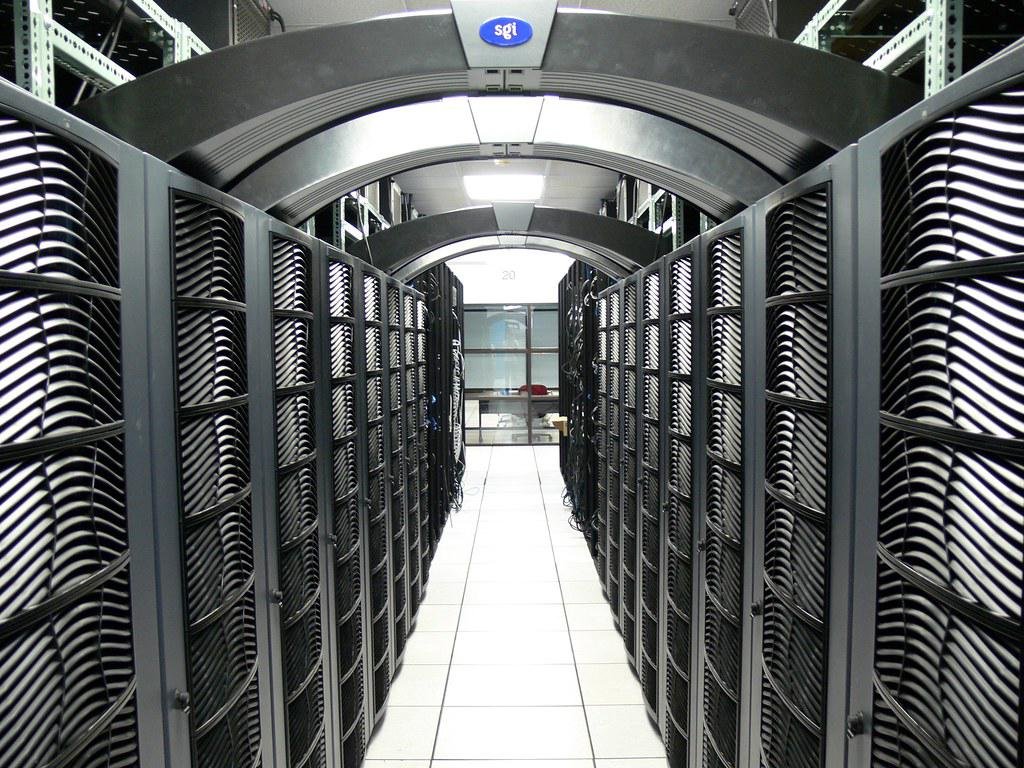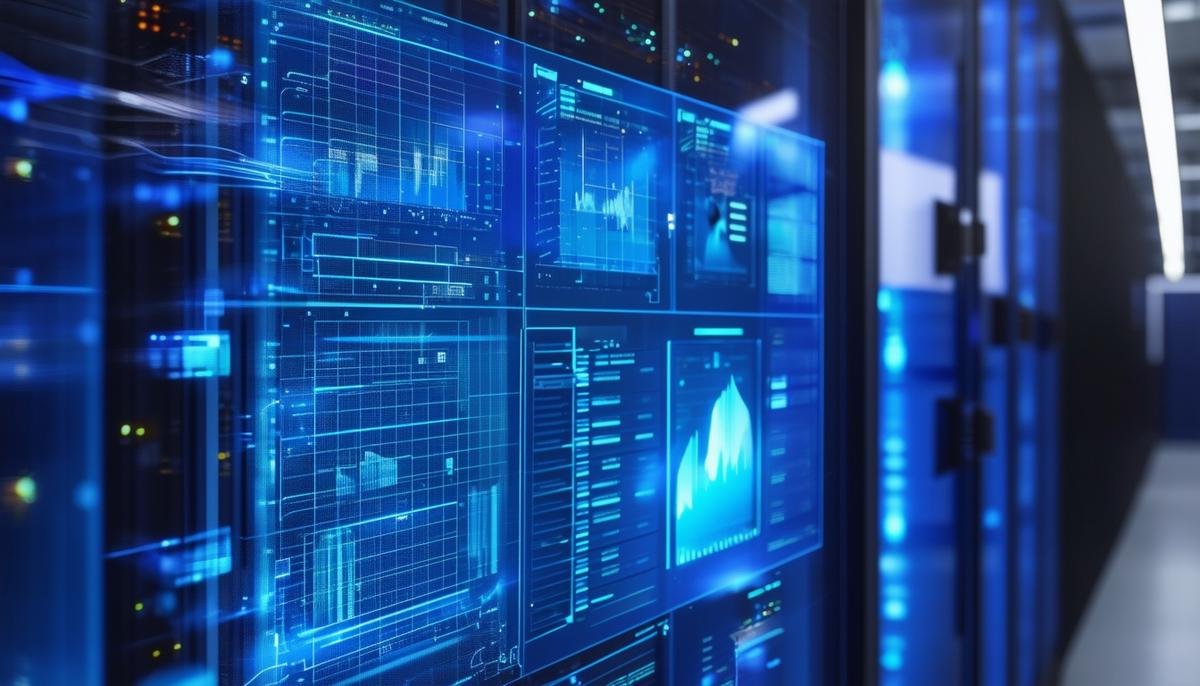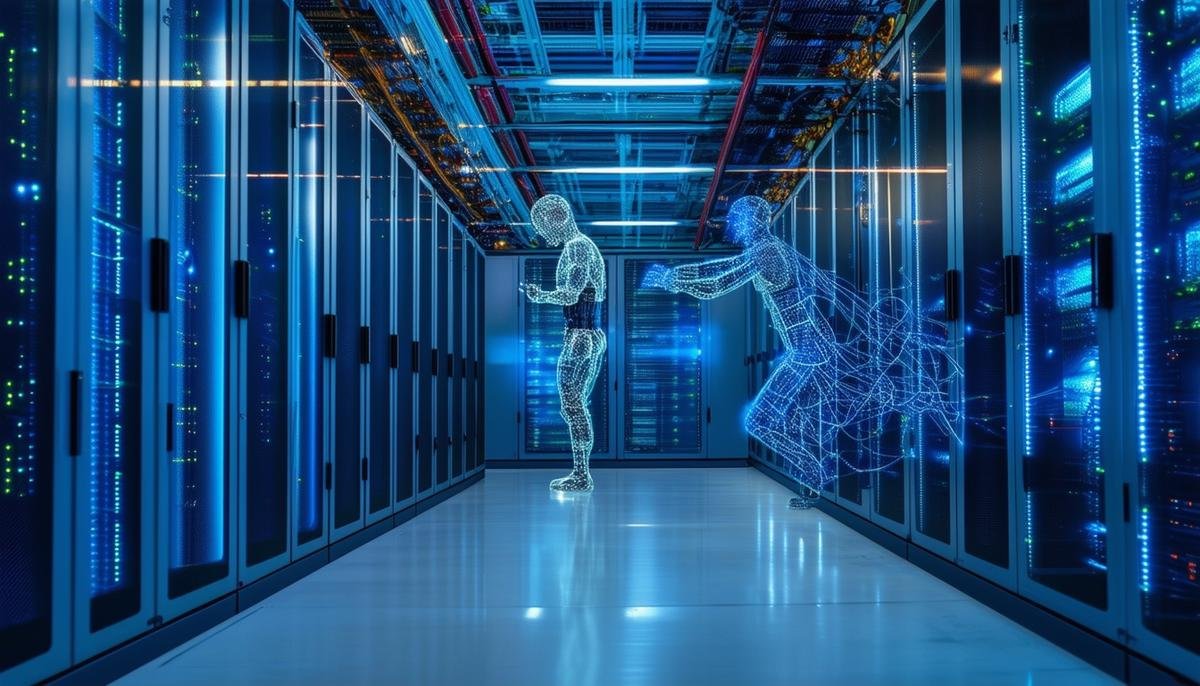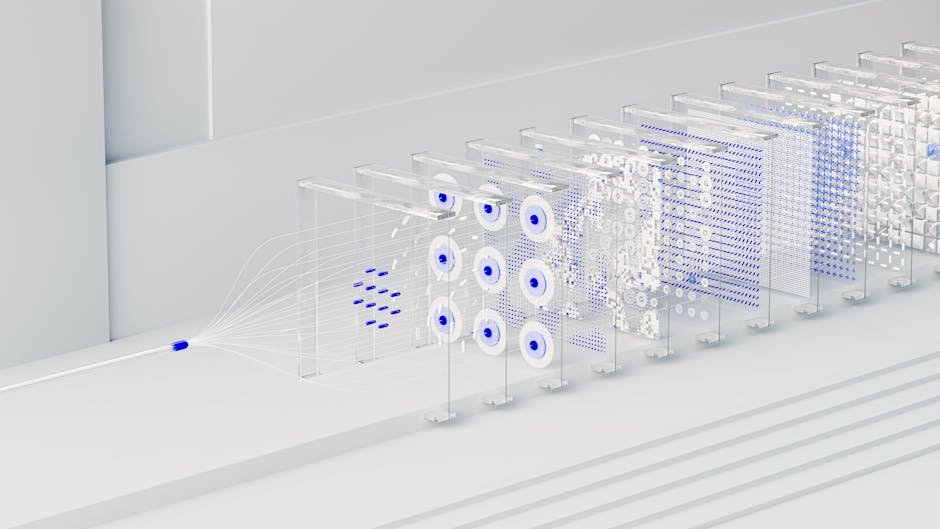Data centers form the foundation of our digital infrastructure, continuously working to store, process, and transmit data. However, their considerable energy consumption, particularly for cooling, presents a significant challenge. Addressing this issue requires innovative solutions that extend beyond conventional methods.
The Challenge of Data Center Energy Consumption
Data centers consume a substantial amount of energy, especially for cooling. The heat generated by thousands of servers needs to be managed effectively to prevent system failures. Traditional cooling systems involve complex machinery like pumps, chillers, and cooling towers, which interact with the environment and each other in unpredictable ways. The system’s performance changes with internal workload and external weather conditions, making it difficult to manage using human intuition or fixed formulas.
Power Usage Effectiveness (PUE) is a key metric for energy optimization in data centers. It represents the ratio of total building energy use to IT energy use. An ideal PUE of 1 means all energy consumed is used solely for IT operations, with no energy wasted on cooling or other non-IT tasks.
Reducing energy consumption in data centers not only cuts costs but also significantly lowers their environmental impact. For companies operating these facilities, it’s beneficial both financially and ecologically.

DeepMind’s AI Solution
DeepMind’s AI solution tackles energy consumption in data centers using advanced technologies. The system integrates data from thousands of sensors across the data center, including:
- Internal temperatures
- Server workloads
- Cooling system performance metrics
- External weather conditions
Machine learning models, particularly deep neural networks, analyze this processed data to identify patterns and complex relationships. These models can predict future outcomes, such as energy consumption requirements, based on current and historical data trends.
The AI interfaces with the data center’s dynamic control systems, allowing real-time adjustments to cooling parameters such as the operation of cooling fans, air handlers, and chillers. For example, if the AI predicts cooler external weather in the next hour, it might adjust chiller operations to leverage this natural cooling, saving energy.
The system maintains feedback loops to continually refine its operations. By analyzing the impact of its past decisions and comparing them against predicted outcomes, the AI learns and adapts its future strategies. This continuous learning enables the system to tackle the unique challenges presented by different data center environments.
DeepMind’s AI framework has potential applications beyond data centers. The same predictive and adaptive models could be applied to improve energy efficiency in power plants, reduce water usage in semiconductor manufacturing, or optimize throughput in other industrial processes.

Predictive Analysis and Optimization
Predictive analysis is central to DeepMind’s AI solution. The process involves data integration, machine learning models, and predictive outputs to forecast and optimize energy consumption.
The system aggregates data from various sensors within the data center, tracking variables such as internal temperatures, server workloads, cooling system performance metrics, and external environmental conditions. This data undergoes processing and cleansing to ensure accuracy and reliability.
Machine learning models, primarily deep neural networks, are trained to discern patterns and correlations within the dataset. These models focus on predicting:
- Future Power Usage Effectiveness (PUE)
- Temperatures within the data center
- Pressure variations within the cooling infrastructure
The AI generates predictive outputs that offer actionable insights and recommendations. These outputs enable the system to anticipate future energy needs and optimize cooling operations accordingly. For example, if the models predict a spike in server activity coupled with rising external temperatures, the AI might recommend preemptively increasing cooling efforts.
These predictive outputs translate into real-time adjustments made by the dynamic control systems within the data center. Actions might include:
- Adjusting cooling fan speeds
- Modulating air handler settings
- Fine-tuning chiller operations
Feedback loops play a crucial role in refining the AI’s predictive capabilities. By comparing predictions against actual outcomes, the system learns from its past actions and improves its models for future prediction accuracy.
This approach to predictive optimization has potential applications in various sectors where energy efficiency and operational reliability are important.

Real-time Adjustments for Efficiency
DeepMind’s AI solution for data center energy efficiency uses dynamic control systems to make real-time adjustments to cooling parameters. This approach enables optimal operation despite fluctuating conditions, surpassing traditional methods in effectiveness.
The AI continuously adjusts various aspects of the cooling infrastructure:
- Cooling fans: Speeds are modulated based on immediate environmental needs, conserving energy when demand is low and increasing output when necessary.
- Air handlers and chillers: Operations are fine-tuned using predictive outputs and real-time data to achieve maximum efficiency. For example, the AI might adjust chiller settings to take advantage of predicted drops in external temperature.
- Redundancy levels: The system carefully calibrates redundancy based on real-time conditions, reducing it when safe to save energy and increasing it when necessary to prevent overheating.
The AI integrates multiple data sources, including server loads, temperature fluctuations, weather conditions, and cooling system performance metrics. This multi-dimensional approach enables well-informed decisions, adjusting numerous parameters simultaneously to optimize overall efficiency.
Feedback loops are crucial to this process. The AI constantly monitors outcomes and refines its strategies, enhancing its ability to predict and manage energy use more accurately over time.
The result is a significant reduction in energy consumption, leading to lower operational costs and decreased environmental impact. This approach sets a new benchmark for data center operations and has potential applications in various industrial settings where energy efficiency is crucial.

Continuous Learning and Adaptation
DeepMind’s AI solution employs continuous learning and adaptation to enhance its long-term effectiveness. Key components of this process include:
- Ongoing data collection: The system constantly gathers new data from sensors, including changes in server workloads, cooling system performance, and external weather conditions.
- Feedback loops: The AI assesses the outcomes of its actions in real-time, comparing them against predictions and adjusting its models accordingly.
- Adaptive algorithms: These algorithms update themselves based on incoming data, allowing the system to respond to rapidly changing conditions.
- Historical data analysis: The AI uses both recent and historical data to identify long-term trends and patterns, enabling it to anticipate future conditions.
- Scenario simulations: Before implementing significant changes, the system runs simulations to predict outcomes and minimize risks.
- Flexibility: The AI can be adapted to different data center architectures, providing customized energy optimization solutions for various infrastructures and environmental conditions.
This adaptive framework allows the AI to continually improve its efficiency, resulting in greater energy savings and reduced carbon footprints over time. The system’s ability to learn, evolve, and anticipate future needs ensures that data centers can maintain optimal energy efficiency as they scale and change.

Real-World Impact and Broader Implications
The deployment of DeepMind’s AI in Google’s data centers has led to a 40% reduction in cooling energy consumption, resulting in significant cost savings and a reduced carbon footprint1. This improvement demonstrates progress towards a more sustainable digital future.
The success in Google’s data centers sets an industry benchmark, showing that substantial efficiency gains are achievable even in optimized environments. This example can motivate other companies and industries to adopt similar technologies, amplifying the global impact.
“This is yet another example of how artificial intelligence can be used to dramatically improve the efficiency of our infrastructure.”
DeepMind’s AI framework is adaptable to other industries with high cooling demands or complex energy management challenges. Potential applications include:
- Manufacturing plants
- Semiconductor production
- Food logistics and large-scale refrigeration
As industries adopt these energy-efficient technologies, the cumulative effect on environmental sustainability could be significant. This shift represents a move towards intelligent, sustainable energy use across various sectors.

DeepMind’s AI solution demonstrates how advanced technology can improve energy efficiency in data centers. By continuously learning and adapting, it reduces operational costs and contributes to sustainability. This approach sets a new standard for intelligent energy management, with potential applications across various industries.




